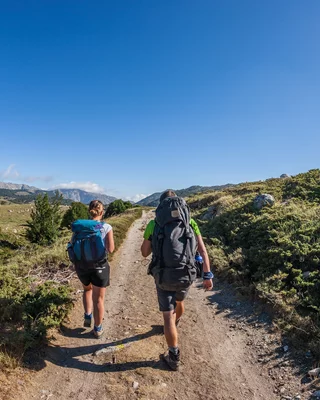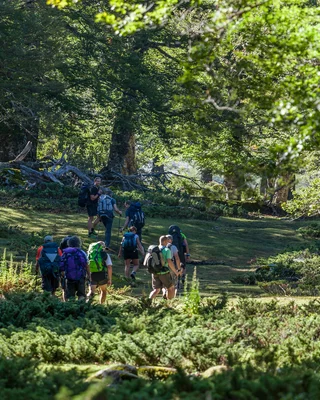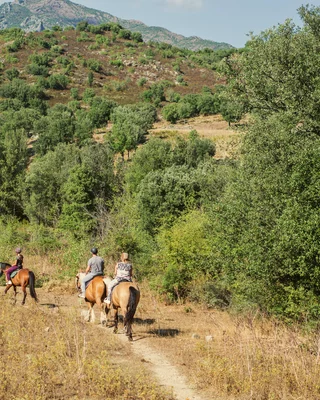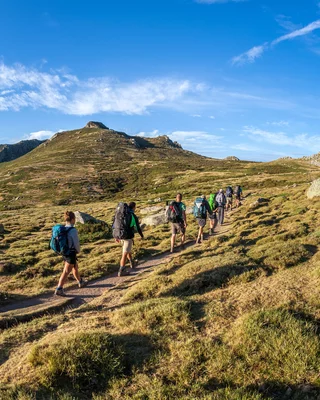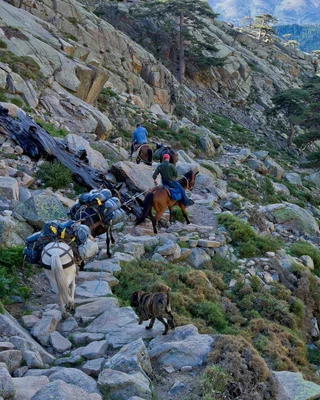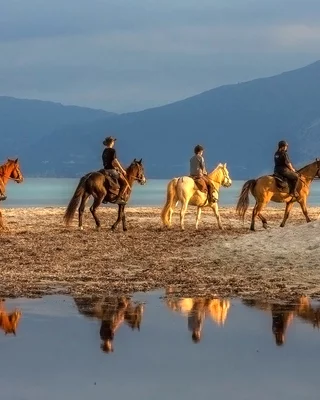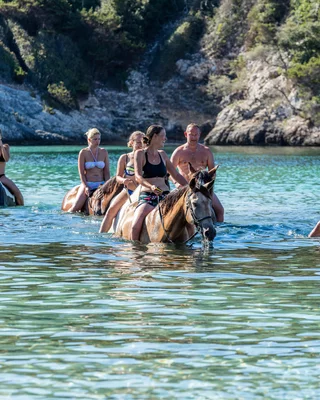In the mountains, what to do in the event of a storm?
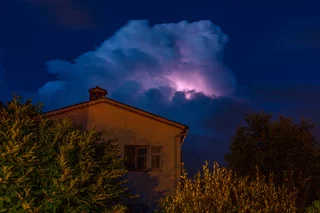
Danger: the risk of rain and thunderstorms in the mountains
Occasionally violent in Corsica, thunderstorms occur all year round, but their frequency is higher than the French average. Under no circumstances should you minimize the danger of a mountain thunderstorm, which can bring wind and heavy rain, even hail and lightning. Be especially careful in the mountains, so as not to be taken by surprise. In Corsica, the peak thunderstorm season begins in August and lasts for 3 to 4 months, even though it can be followed by bright sunshine.
What are the warning signs of a thunderstorm?
There are 2 types of thunderstorm: diurnal and frontal.
Diurnal thunderstorms : look at the sky and if you see anvil-shaped clouds called cumulonimbus, it's a sign. These thunderstorms occur in summer when warm air rises and meets a colder environment, where condensation forms a rain cloud.
Frontal thunderstorms: present all year round, they are heralded by the formation of a wall of dark gray clouds, deteriorating weather and falling temperatures. They are triggered by the meeting of two weather fronts (cold versus warm air).
Where does lightning strike in the mountains?
The electrical discharge from the cloud to the ground can be fatal, and even a small thunderstorm can contain lightning. Lightning takes the shortest route to the ground, so it's best not to stand in its path. The area around the point of impact, which corresponds to a 30-meter radius, is dangerous because it is electrified. The closer you get to it, the greater the danger. You must immediately crouch down with your feet together to allow the current to pass underneath, and above all avoid standing with your legs apart. Animals can't get into this position, and are often struck by lightning, finding their legs lifeless in the air.
How to react to a storm in the mountains?
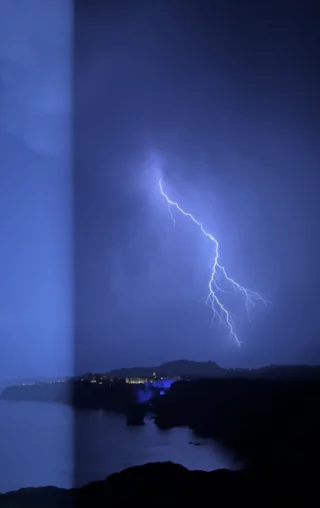
If you've consulted the weather forecast before setting off for the mountains, you probably won't need this advice, but lack of experience or over-optimism often misleads holidaymakers.....
Our 3 tips:
- Stay away from metal objects
- Avoid solitary trees
- Lose altitude, turn around and avoid summits and wide, flat spaces where your very presence could attract lightning.
How to protect yourself from lightning in the mountains? Not under the bivouac...
If you find a place to take shelter (small cave, hut...) don't touch the walls, move away from the front door and stay crouched down. This is your best protection.
In the absence of a safe shelter, and when looking for a fallback solution, avoid taking long steps and standing with your legs apart.
If you've reached your car, you'll be safe, but cyclists should put their bikes down immediately and move away from them.
Hiking in the forest: what not to do during a thunderstorm
In the mountains, direct lightning strikes fall on ridges, so you need to move away from them quickly, while maintaining a safe pace to avoid injury. You'll need to stow your walking poles beforehand, so that they don't stick out above your head. As one person's lightning strike can spread to another, it's advisable to keep at least 3 metres away from each other. One last piece of advice you're probably familiar with, but just in case...: don't stay under a tree, and stay away from trunks and branches close to the ground.
Going backpacking is a real experience, but whether you're out for a day or more, it's important to take the right precautions: check the day's weather forecast, and postpone your outing if mountain thunderstorms or the risk of thunderstorms are forecast. For your own safety, we recommend that you hire a mountain guide who will share with you his or her passion for the Isle of Beauty. As you hike, you'll learn about meteorological phenomena, the principle of currents and how to recognize the warning signs of a mountain thunderstorm.
Among all our tailor-made offers, we propose 3 hiking tours:
- Entre terre et mer (Between land and sea ): for an unforgettable experience on the famous GR 20 trails, finally accessible to non-experienced hikers.
- A l'aventure : for an active vacation in the heart of the mountains, a holiday dedicated to the discovery of nature sports and well-suited to children: canyoning, hiking and water trekking, accrobranche, introduction to climbing, orienteering, and even a donkey ride!
- GR20 the ultimate adventure Explore the southern part of the GR20, from Bavella to Vizzavona, on an immersive six-day hiking experience. Guided by a GR20 expert, a seasoned mountain guide, you'll follow the traditional itinerary of this renowned trail. We offer a logistical support service to lighten your load and allow you to fully immerse yourself in the adventure. This tour, considered advanced, is for those who are passionate about the raw splendor of natural and mountainous landscapes, who cherish physical challenges and are willing to adopt an uncluttered lifestyle during their getaway.
